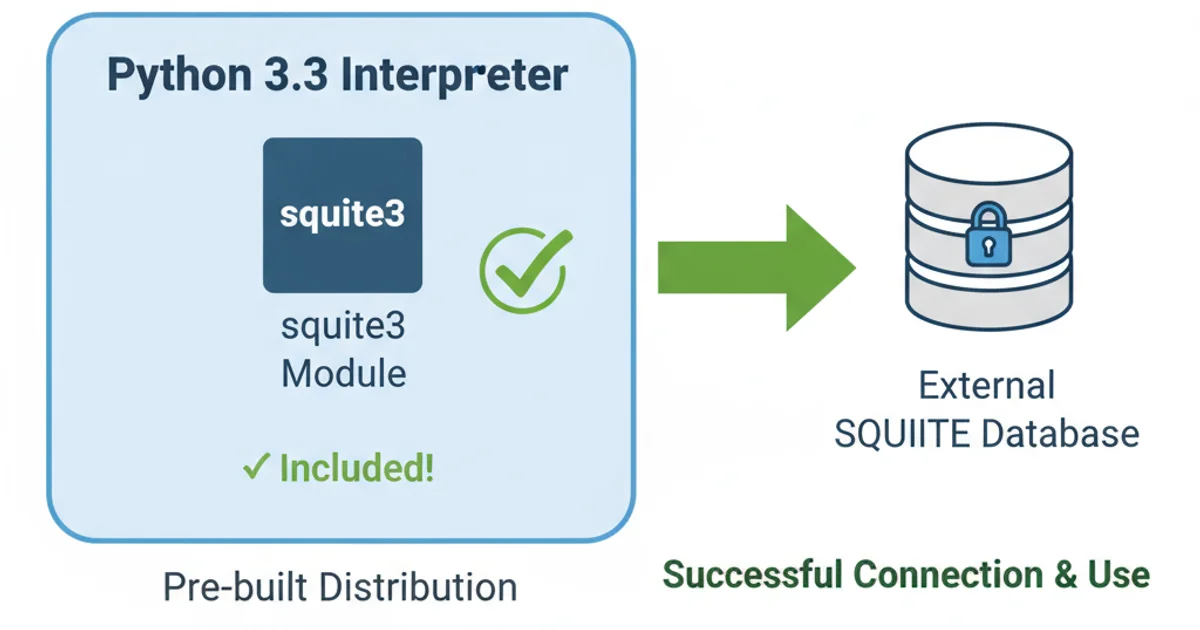Where is it best to use svm with linear kernel?
Categories:
Unlocking Efficiency: When to Use SVM with a Linear Kernel

Explore the optimal scenarios for employing Support Vector Machines (SVMs) with a linear kernel, understanding its strengths, limitations, and practical applications in machine learning classification.
Support Vector Machines (SVMs) are powerful supervised learning models used for classification and regression tasks. While SVMs are renowned for their flexibility through various kernel functions, the linear kernel holds a special place due to its simplicity, efficiency, and interpretability. This article delves into the specific situations where an SVM with a linear kernel is not just a viable option, but often the best choice for your machine learning problem.
Understanding the Linear Kernel
The linear kernel is the simplest form of kernel function, defined as the dot product of two feature vectors: K(x, y) = x ⋅ y. When used with an SVM, it attempts to find a hyperplane that linearly separates the data points into different classes. This means it's inherently looking for a straight line (in 2D), a flat plane (in 3D), or a hyperplane (in higher dimensions) to divide the dataset. Its strength lies in its ability to perform well on linearly separable data or data that is 'almost' linearly separable, often outperforming more complex kernels in such scenarios due to reduced overfitting and faster computation.
flowchart TD
A[Input Data] --> B{Is Data Linearly Separable?}
B -- Yes --> C[Linear Kernel SVM]
B -- No --> D[Consider Non-Linear Kernels (e.g., RBF)]
C --> E[Fast Training & Prediction]
C --> F[High Interpretability]
D --> G[Increased Complexity & Risk of Overfitting]Decision flow for choosing between linear and non-linear SVM kernels.
Optimal Scenarios for Linear SVM
A linear kernel SVM shines in several key situations. Recognizing these scenarios can save significant computational resources and lead to more robust models.
1. High-Dimensional Data
When dealing with datasets where the number of features (dimensions) is significantly larger than the number of samples, a linear kernel often performs exceptionally well. In high-dimensional spaces, data points tend to be more easily separable, and the 'curse of dimensionality' can make non-linear kernels prone to overfitting. The linear SVM's simplicity acts as a regularization mechanism, preventing it from fitting noise in the data.
Example: Text classification problems (e.g., spam detection, sentiment analysis) where each word can be a feature, leading to thousands or even millions of dimensions. Gene expression data analysis is another prime example.
from sklearn.svm import SVC
from sklearn.datasets import make_classification
from sklearn.model_selection import train_test_split
# Generate a high-dimensional dataset
X, y = make_classification(n_samples=100, n_features=1000, n_informative=10, n_redundant=0, random_state=42)
X_train, X_test, y_train, y_test = train_test_split(X, y, test_size=0.3, random_state=42)
# Initialize and train SVM with linear kernel
linear_svm = SVC(kernel='linear')
linear_svm.fit(X_train, y_train)
# Evaluate the model
accuracy = linear_svm.score(X_test, y_test)
print(f"Accuracy with Linear SVM on high-dimensional data: {accuracy:.2f}")
Python code demonstrating Linear SVM on a synthetic high-dimensional dataset.
2. Large Datasets
For very large datasets, the computational cost of non-linear kernels (especially the RBF kernel) can become prohibitive. Calculating the kernel matrix for non-linear kernels involves operations that scale poorly with the number of samples. A linear SVM, on the other hand, can be trained much faster, particularly with optimized implementations like LinearSVC in scikit-learn, which uses a different optimization algorithm (e.g., LIBLINEAR) more suitable for large-scale linear classification. This makes it a practical choice when speed and scalability are critical.
3. Interpretability Requirements
Unlike complex non-linear models or kernel SVMs, a linear SVM provides a clear, interpretable decision boundary. The coefficients of the hyperplane directly indicate the importance and direction of each feature's contribution to the classification. This transparency is invaluable in fields where understanding why a decision is made is as important as the decision itself, such as in medical diagnostics, financial risk assessment, or regulatory compliance.

A linear decision boundary clearly showing feature contributions.
4. Baseline Model Performance
Even if you suspect your data might not be perfectly linearly separable, a linear SVM serves as an excellent baseline model. If a linear SVM performs reasonably well, it suggests that a significant portion of the separability can be captured linearly. If its performance is poor, it strongly indicates the need for more complex models or non-linear kernels. This iterative approach helps in model selection and avoids unnecessary complexity.
Limitations and Considerations
While powerful, the linear kernel is not a panacea. Its primary limitation is its inability to effectively model non-linear relationships in the data. If your data is inherently non-linearly separable, a linear SVM will likely yield poor performance. In such cases, exploring other kernels like the Radial Basis Function (RBF) or polynomial kernel, or even other non-linear models, would be more appropriate.